From Yuri Gagarin and Stalin to Kruschev and Lenin, Soviet men hold a firm place in the history of the USSR and of the world. The pioneer woman, however, is sadly underrepresented in the common knowledge of Soviet history. Something which is rather depressing. Why? The USSR was home to many females who accomplished incredible feats from being the first woman in space to fighting the onslaught of Nazi Germany.
On our range of Soviet tours, we often incorporate many sites and stories to celebrate the accomplishments of women in the USSR. In this article, we aim to celebrate the world of the Pioneer woman by breaking down 10 iconic Soviet women you need to know about!
The Pioneer Woman in the Soviet Union
In stark contrast to the West at the time, the Soviets incorporated women’s rights in article 122 of the Soviet constitution after the 1917 Russian Revolution which stated: “Women in the USSR are accorded equal rights with men in all spheres of economic, state, cultural, social, and political life.” When this was introduced, it opened up a range of opportunities for Soviet women to educate, develop, and excel themselves.
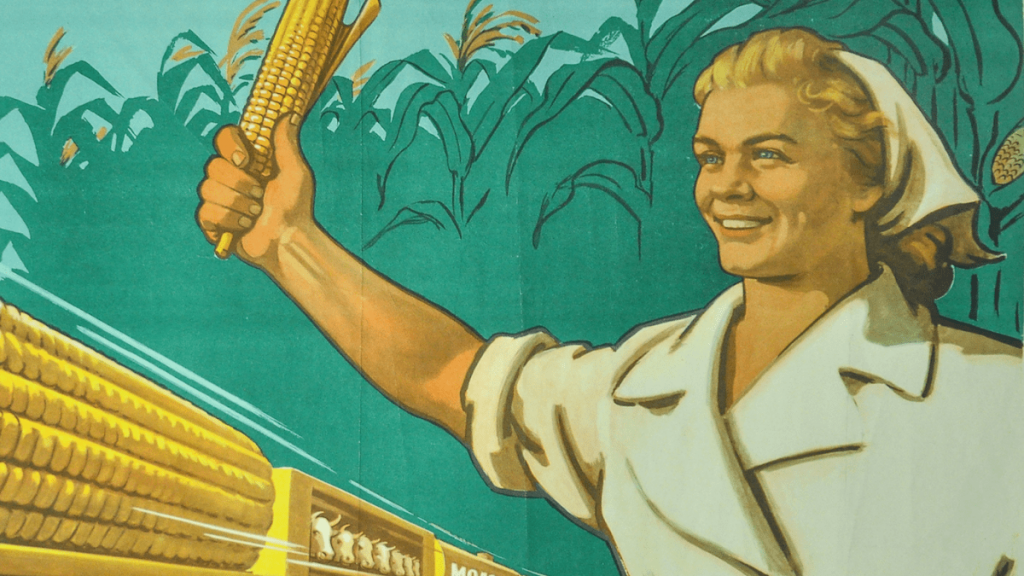
Lenin himself viewed Soviet women as a workforce that had previously been untapped under the rule of the Tsar. For him, the ideal pioneer woman would be one not economically dependent on men and do everything to better the USSR. Before long, women soon became a vital cog in the industrialization of the USSR. Between 1923 and 1930, the female workforce of Russia increased by over 430,000.
However, along with positive female equality came equally horrific equality. When Stalin took control of the Soviet Union in 1927, women were not immune from his violent purges. In the 6 years between 1934 and 1940, female prisoners inside the extensive Gulag network skyrocketed by almost 80,000 people. Inside these camps, Soviet women were often subjected to horrific sexual abuse.
As Operation Barbarossa tore across the USSR in 1941, the role of the pioneer woman took on a new dynamic. Many women were left widowed and impoverished in the conflict and dedicated themselves to producing arms, food, and materials for the war effort. But this wasn’t all as over 8,000 Soviet women went to the front to fight the forces of Nazi Germany, many displaying immense bravery whilst doing so, we’ll get to that shortly.
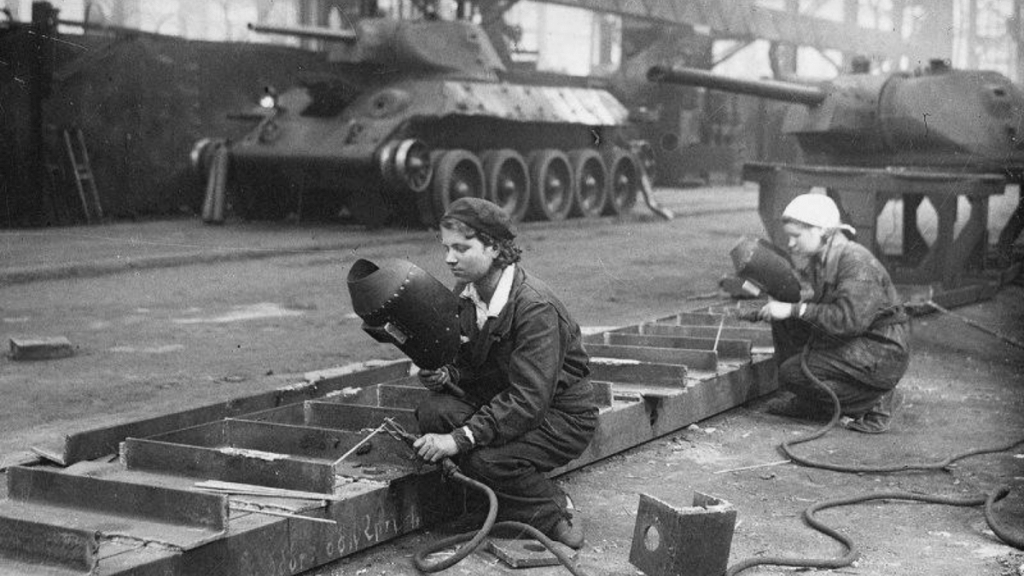
In the post-war years, the concept of the pioneer woman excelled in the ranks of human history when a certain former textile factory worker was selected for a historic space mission. Upon successful completion, she became the first female astronaut. A truly iconic achievement. Want to find out who she was and more about other incredible pioneer women? Well, read on as we kick off our list of 10 Iconic Soviet Women!
10. Katya Mayorova – “Miss KGB”
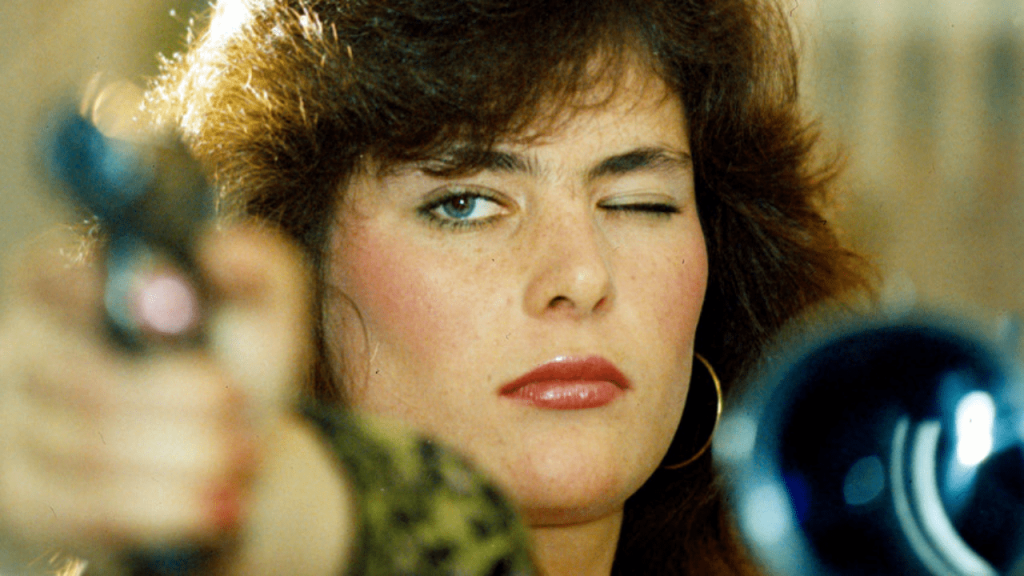
Katya Mayorova, the only woman in history to hold a beauty title attributed to the infamous secret service of the KGB, grabbed attention when she appeared on the front cover of a Soviet newspaper in 1990. This pioneer woman with a handgun and fashionable appearance garnered a lot of interest from Soviet citizens and foreign press alike.
A secretary with firearms and close combat training, Katya was the winner of a private beauty contest held within the KGB apparatus. Under the new policy of Glasnost under Mikhail, it’s believed this beauty contest was an attempt to make the Soviet secret police appear more transparent and ease into a public protection image than the feared security force it actually was.
The beauty contest and PR campaign was a waste of time, however. Shortly after the photo was released, the Soviet Union would be no more. The KGB would be replaced by the FSB and Katya Mayorova, simply disappeared from the public eye as quickly as she appeared. Today, her whereabouts are unknown.
9. Mariya Oktyabrskaya – “The Fighting Girlfriend”
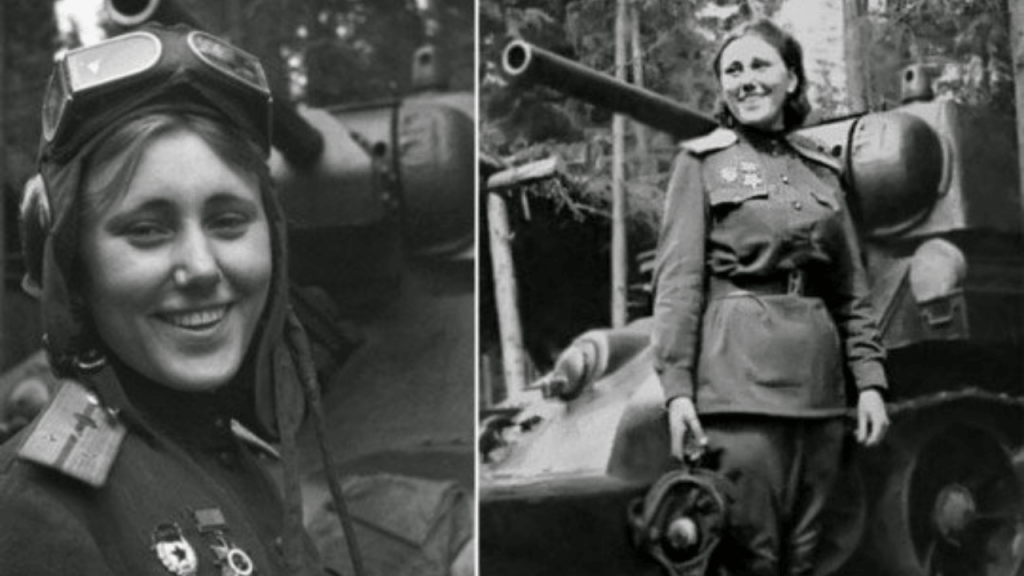
Mariya was born in Crimea in 1905 and went on to marry an officer in the Red Army which created an intense interest in military affairs. She took a position in the ‘Military Wives Council’ before training as a military nurse in the Red Army where she underwent weapons and vehicle training.
As the Great Patriotic War erupted, her husband was sent to the from whilst Mariya was evacuated to the Siberian city of Tomsk. Her husband was killed in action near Kiev but, due to the chaos, it took two years for the news to reach Mariya. Naturally, she was saddened and equally angered. She was determined to get revenge on the Nazis.
Mariya subseuqnelt sold everything she owned in order to donate a T-34 tank to the Soviet Army. But this wasn’t just a kind gesture, she demanded the tank be nicknamed ”the fighting girlfriend” and, most importantly, she wanted to be the driver. Her request was granted and she was on her way to the Eastern Front.
Whilst many Soviet tankers initially saw her as a publicity stunt, Mariya Oktyabrskaya quickly changed this when she fought valiantly against the Nazi forces and was known for hopping out of the tank to repair damage whilst under heavy machine gun fire. In 1944, during an intense tank battle near near Vitebsk, Mariya was wounded and later died as a result. She was posthumously awarded the Hero of the Soviet Union medal.
8. Nadezhda Krupskaya
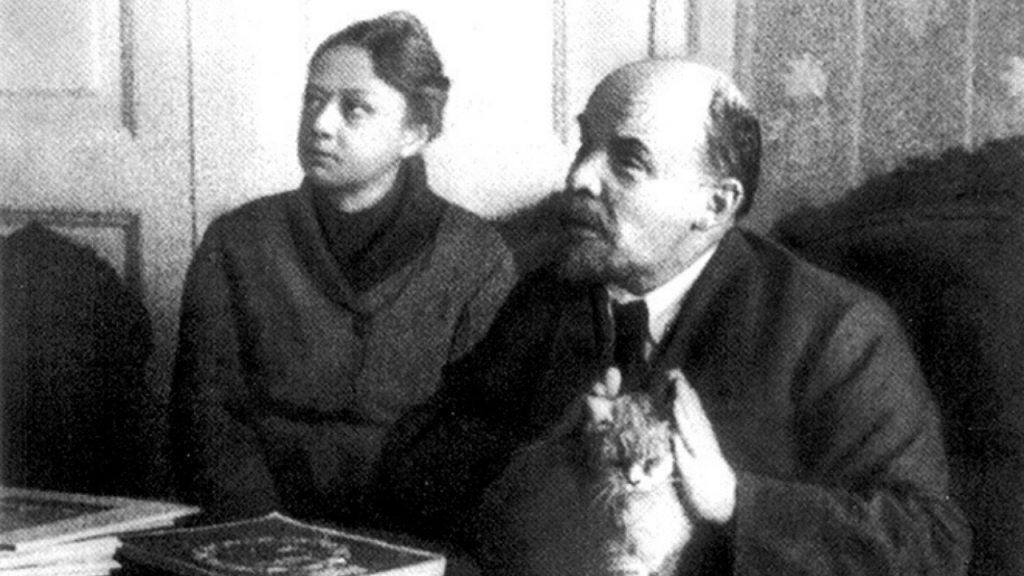
As well as being a prominent Russian Revolutionary, Nadezhda Krupskaya was none other than the wife of Lenin himself. In 1869, Nadezhda Krupskaya was born to a formerly aristocratic Russian family who was down on their luck and now living in poverty. Consequently, this had a profound effect on her and she aimed to dedicate her life to helping the poor. In 1894, she met Lenin at a discussion group for Marxism and two years later they were arrested for revolutionary activities.
When Lenin was sent to Siberia for punishment, Krupskaya followed him and eventually married him. They then spent years in exile around Europe from London to Munich, only returning to Russia for the failed Revolution in 1905 and most importantly, for the successful revolution of 1917.
Following the Russian Revolution, her position as Lenin’s wife saw her propelled to the centre stage of the Communist party. She sides with Stalin, Zinoviev and Kamenev against Trotsky in the infamous feud. As deputy education commissar through the 1930s, this pioneer woman had a huge input into the development of the Soviet educational system and is largely credited with developing the network of Soviet libraries.
7. Zinaida Portnova – A Teenage Nazi Hunter
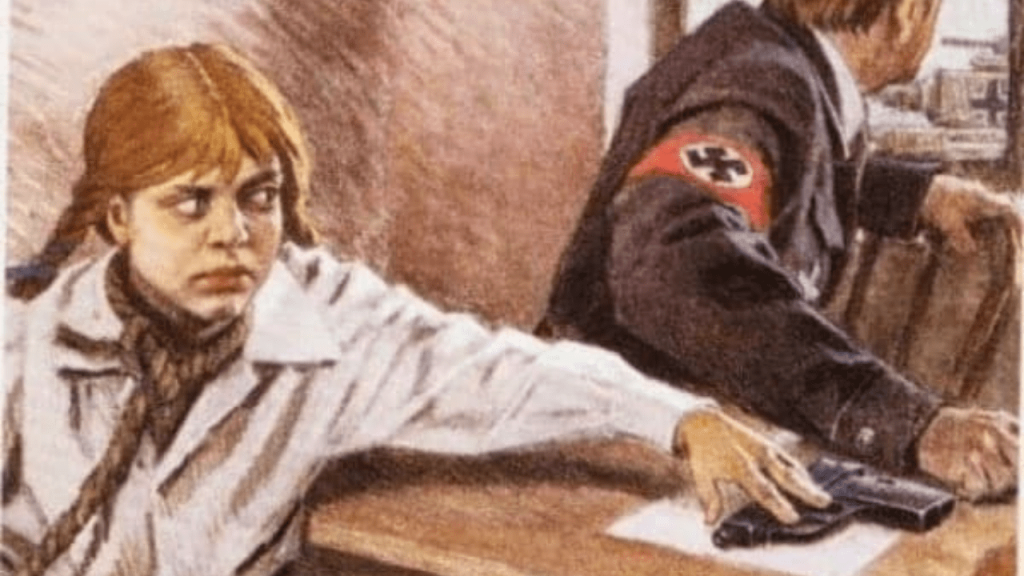
In 1926, Zinaida Portnova was born to a Belarussian family in Leningrad. In 1941 she was visiting her grandma in the Belarusian city of Vitebsk, just as the forces of Nazi Germany stormed across the border. When they stole her grandmothers livestock and beat her with rifle butts, Portnova developed an intense hatred for the ivnading forces.
Shortly after, she joined a Belarusian partisan group called ‘Young Avengers’. Initially, she started off distributing anti-Nazi materials, hiding partisan weapons, and spying on German forces. She then underwent weapons and explosives training before participating in various sabotage attacks on German positions that killed over 100 Nazi troops.
She later found employment in the kitchens of a Nazi garrison and subsequently poisoned the food supply before escaping and continuing her partisan activities. But in early 1944, she was captured by the Gestapo where her infamous story begins. As she was being interogated, the gestapo officer threw his pistol on the table which she quickly grabbed and shot him dead with. In her escape attempt, she shot two more guards before the gun misfired and she was captured, tortured, and shot in the forests.
6. Nadezhda Alliluyeva
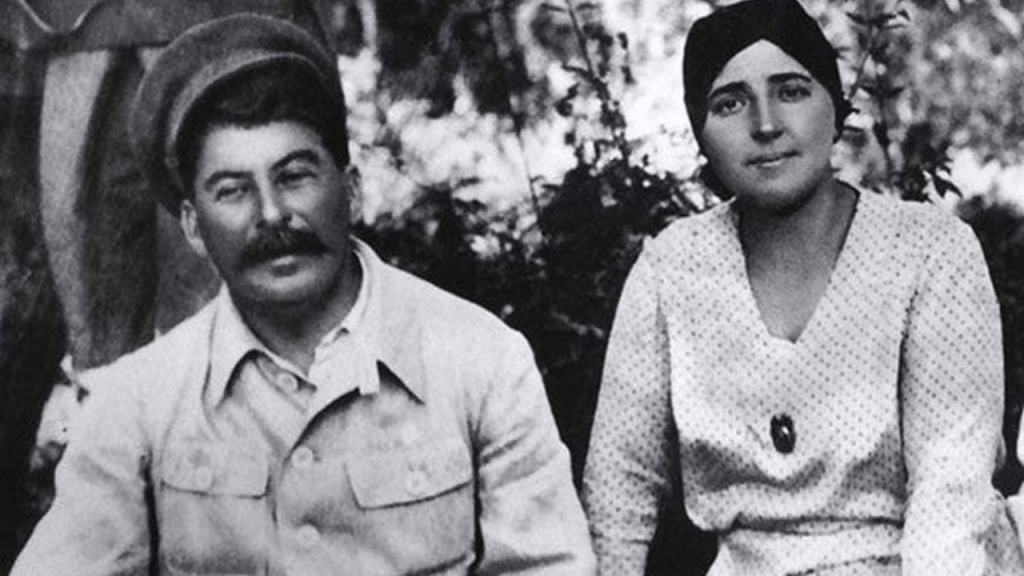
An ethnic Azerbaijani girl born in Baku in 1901, Alliluyeva’s revolutionary parents were friends with Joseph Stalin who she got to know from a young age. AT the age of 18, she married the infamous Soviet leader and went on to have two children with him. Her marriage gained her prominent roles in the communist party where she worked as a secretary from both Lenin and Stalin.
Alliluyeva was known for being a very independent woman who excelled in engineering and aspired to lead an independent professional career. Stalin, who wanted his wife in a more domestic role, didn’t take kindly to this and the pair often had pitched arguments. In 1932, one of these arguments culminated with Alliluyeva committing suicide with a gunshot to the head.
5. Rosalia Zemlyachka – “Fury of the Red Terror”
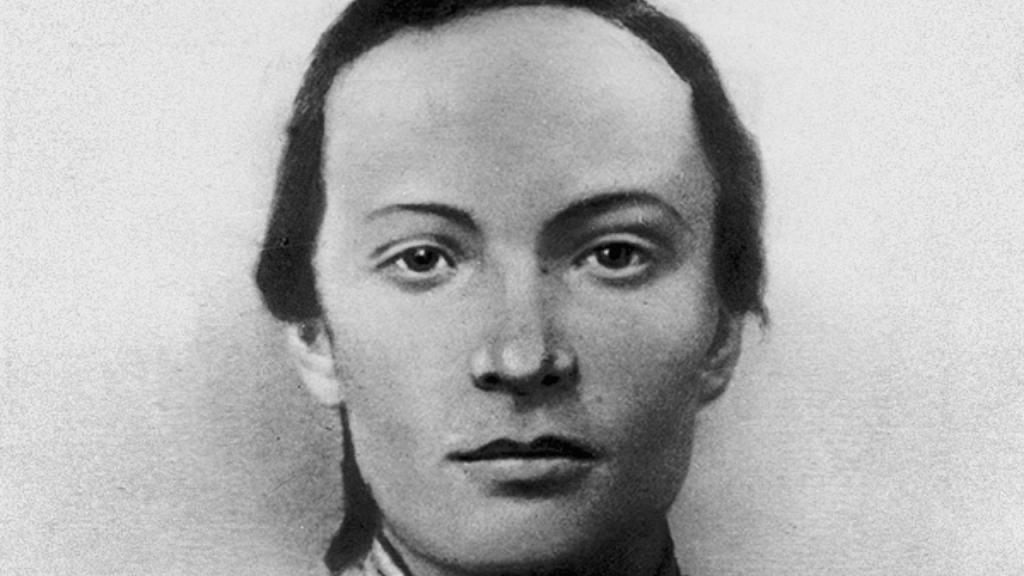
Born into a wealthy family in Kiev, Rosalia Zemlyachka was a Ukrainian Jewish woman who would go on to become an infamous Revolutionary. Initially having aspirations in the medical field, she underwent a high class education in Kiev where she discovered Communism and fell into various revolutionary activities.
When the Russian Revolution erupted in 1917, she led a demonstration of armed workers in Moscow. Following the Revolution, she became a politician and stateswoman amongst the Soviet apparatus. She was infamously one of the organizers of the Red Terror in the Crimea against former soldiers of the White Army. She died in 1947 and was buried in the Kremlin wall Necropolis on the Red Square. She was often referred to as the “Fury of the Red Terror.”
4. Natalya Meklin of the Night Witches
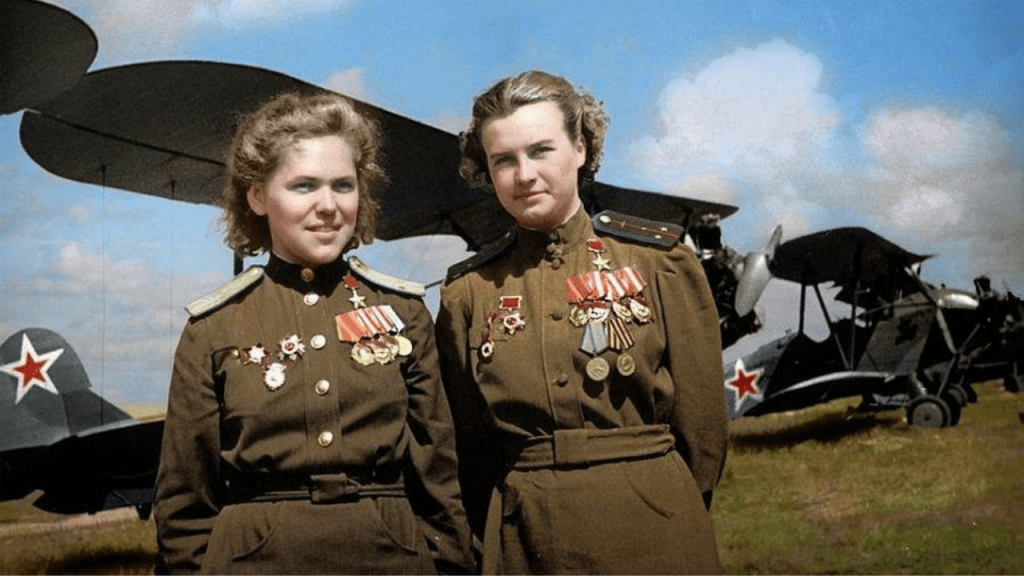
Born in Ukraine in 1922, Meklin had an interest in aviation from a young age and went on to join a Young Pioneer gliding school before graduating from the Moscow Aviation Institute prior to the outbreak of WW2 in the USSR. She later joined the infamous female aviation units known as the ”Night Witches” due to their devastating air sorties on German forces launched in the dead of night.
She gained huge publicity for her actions and flew over 800 sorties against enemy forces throughout the war. She was one pioneer woman who earned the coveted Hero of the Soviet Union award. She passed away in Moscow in 2005.
3. Lyudmila Pavlichenko – The Most Succesful Female Sniper in History
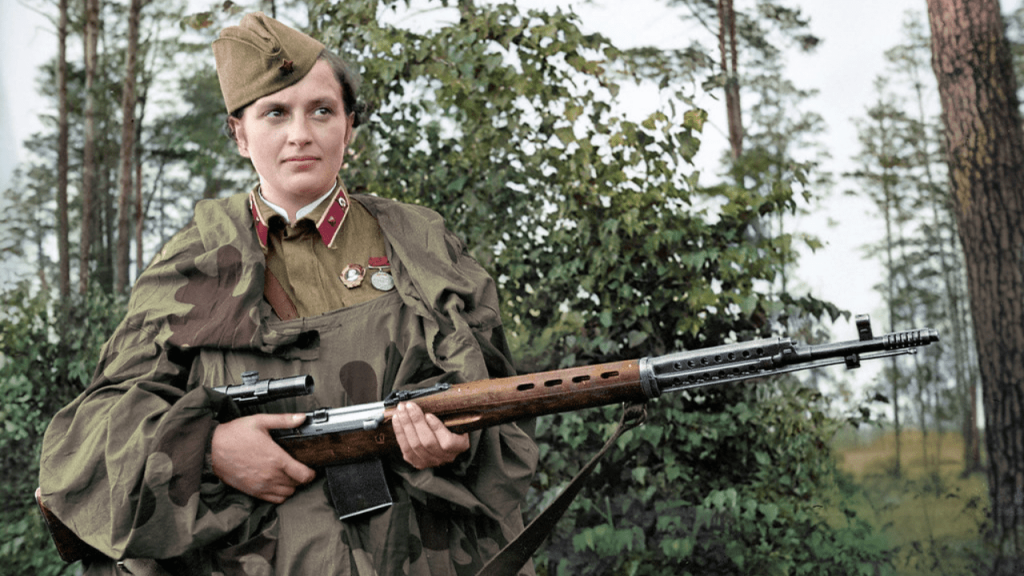
Born in Ukraine in 1916, Lyudmila was a passionate sharpshooter through her youth and attending various competitions and training. At the outbreak of the Second World War, she ignored encouragement to become a nurse and demanded to become a sniper in the Red Army instead. Her request was granted and her historic sniper career began.
Throuhgout the War, Pavlichenko fought in some of the main battle of the Eastern Front from the siege of Odessa and the siege of Sevastopol. During her military career, she earned the nicknamed “Lady Death” on account of her 309 confirmed kills of the enemy. This record number made Lyudmila Pavlichenko the most successful female sniper in the history of modern warfare.
After being injured in battle, Lyudmila began training other Red Army sniper before becoming a military spokesperson. She later toured Canada, Great Britain, and the United States where she became the first Soviet citizen to be received by a US president when Franklin D. Roosevelt welcomed her to the White House.
In the post-war years, Lyudmila suffered with depression from the loss of her husband in the world as well as crippling PTSD. AT the age of 58 she passed away from a stroke in 1974 but was immortalized in various books, films, stamps, and songs around the world.
2. Nina Petrova
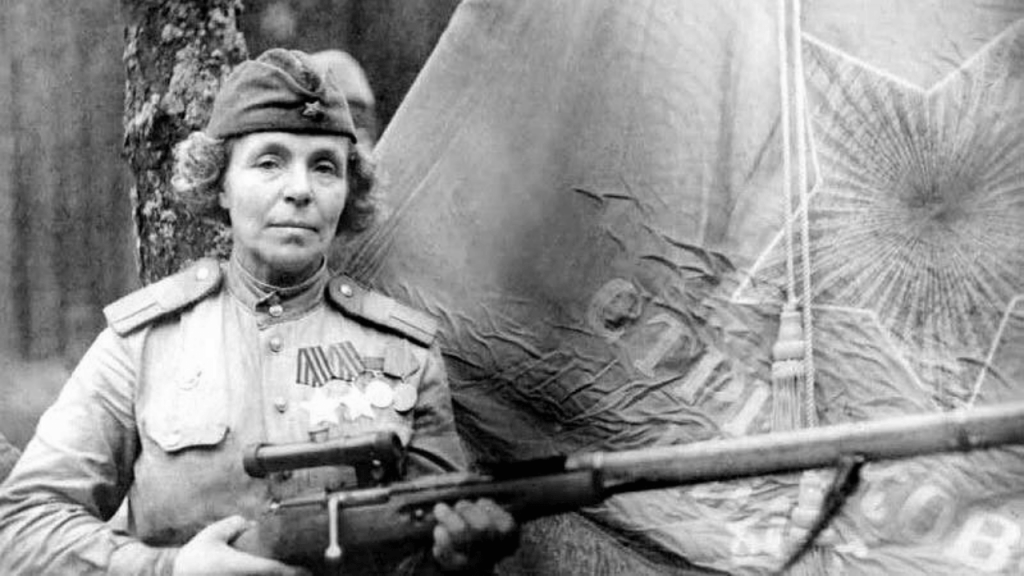
Nina Petrova was born to a Russian family in 1893 and was a passionate sharpshooter growing up. When the Second World War broke out, she signed up as a sniper despite being aged 48 at the time. She went on to fight in numerous iconic battles of WW2 and became one of the most successful female snipers in history with a record of 122 kills. On May 1st 1945, just days before WW2 ended, Nina Petrova was killed in action when a Nazi mortar attack pushed her off the edge of a sheer cliff.
1. Valentina Tereshkova The First Woman in Space
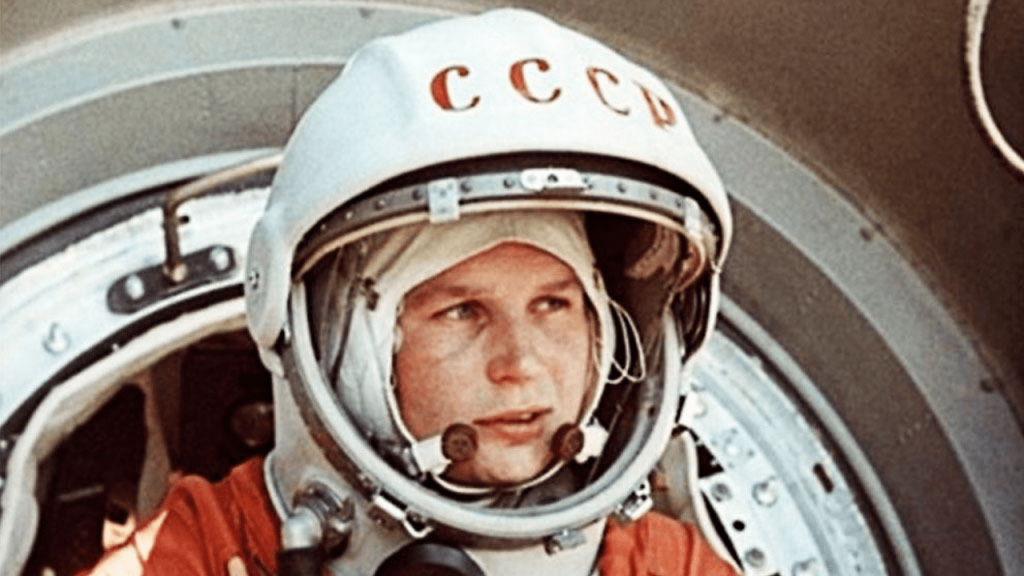
Born in a Russian village on the Volga River in 1937, Tereshkova grew up to become a textile factory worker with a passion for amateur skydiving. She later joined the Soviet Air Force as part of the Cosmonaut Corps before being selected to be the first woman to travel into outer sace. On June 16, 1963, she was launched in the spacecraft Vostok 6, which completed 48 orbits in 71 hours and completed crucial tests on how space travel affects the female body.
Tereshkova was named a Hero of the Soviet Union and was twice awarded the Order of Lenin. After her historic space journey, Tereshkova became a prominent member of the Communist Party of the USSR. When the Soviet Union collapsed, she remained politically active. Today, she remains one iconic example of the pioneer woman concept of the USSR,
Conclusion of the Pioneer Woman
From female snipers and astronauts to revolutionaries and tank drivers with a vengeance, the female pioneer concept was embodied in various forms by Soviet women. To discover the sights, sounds and stories associated with these characters for real, discover our range of Soviet tours.





